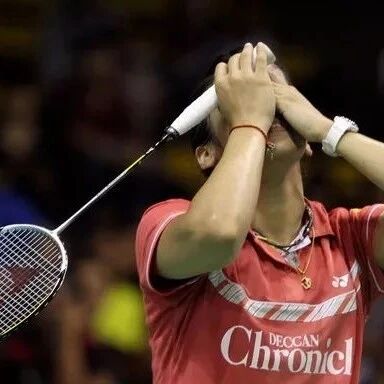Mistaking the very first step in playing badminton? Check now to see if you're falling into racket-gripping pitfalls.
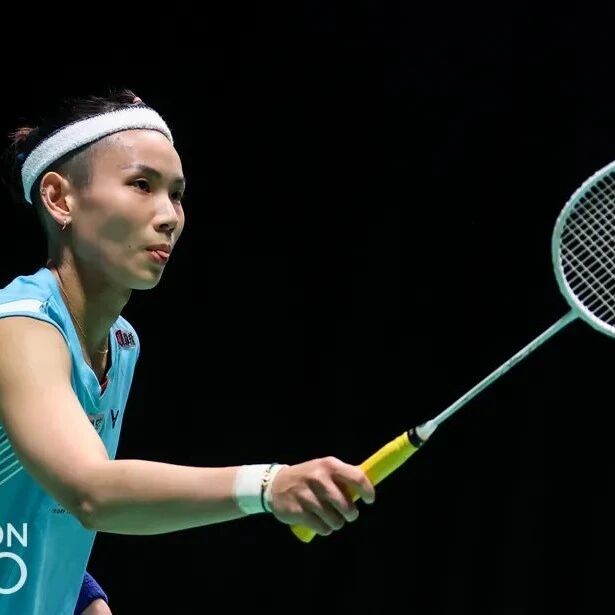
Learning the correct grip is the first step in mastering badminton. If your grip isn’t proper, you may still manage to hit the shuttlecock—but it’ll likely fly erratically, far off the intended direction and landing point. A proper grip not only helps prevent injuries when generating power, but also allows you to transfer your strength more smoothly and efficiently during your shots.
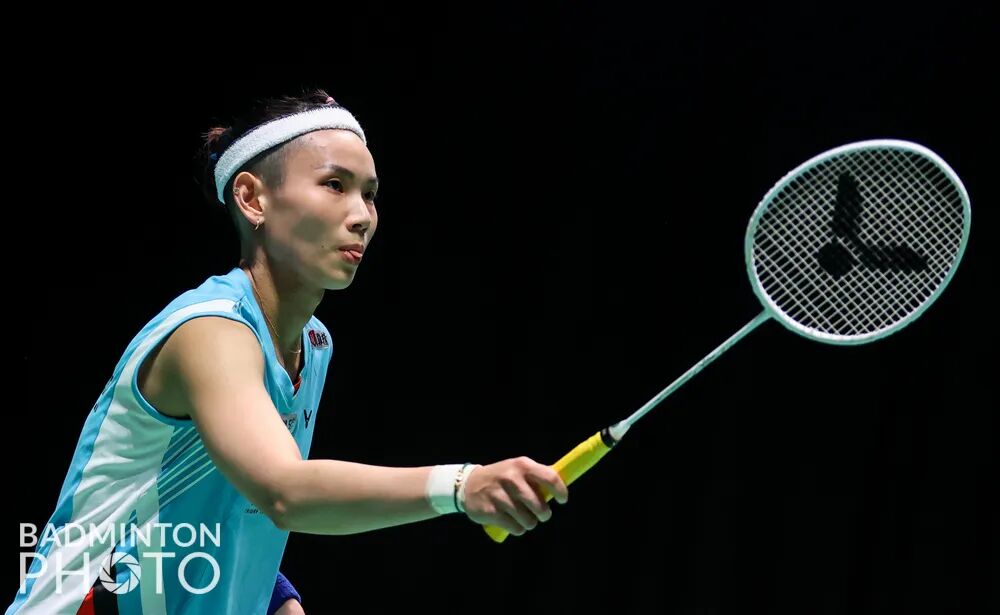
A badminton racket handle has eight distinct surfaces, which can be divided into wide faces (2), angled faces (4), and narrow faces (2).
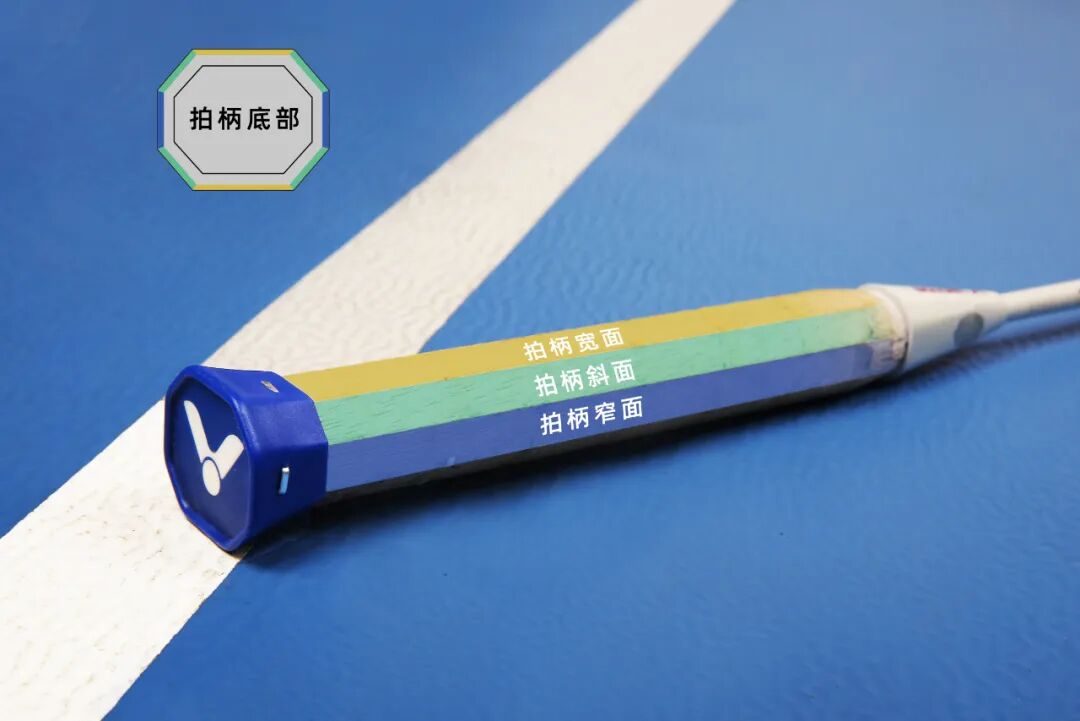
Forehand serves and forehand clear shots typically use this grip technique.
The key is to position your thumb with its first joint resting against the wide inner surface of the racket, while your index finger’s first joint lightly touches the third diagonal edge and its second joint rests firmly against the corresponding wide surface. Your index finger can be slightly higher than your thumb. With your thumb and index finger forming the grip, let your remaining fingers naturally wrap around the handle. The exact grip position can vary depending on individual preference—typically, the end of the racket handle should align roughly with the small muscle group (thenar eminence) at your wrist. Remember not to press your palm tightly against the handle when gripping.
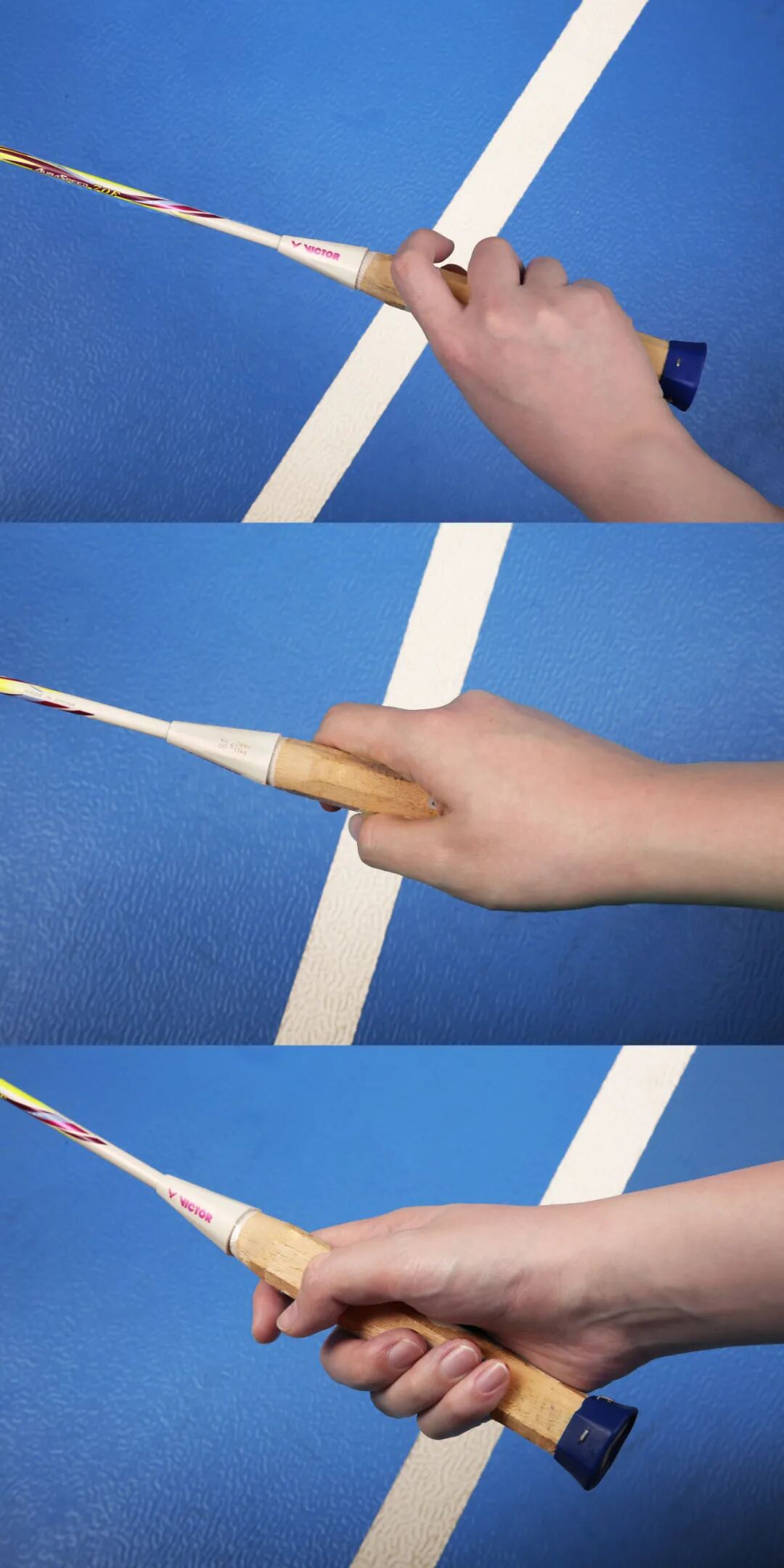
This grip is typically used for backhand smashes, backhand defenses, and backhand flat strokes.
The key point is: When holding the racket with an Eastern backhand grip, slightly lift your thumb and index finger upward compared to the forehand grip. Use the coordinated movement of your thumb and index finger to gently rotate the handle outward. Place your thumb against the wide inner surface of the racket frame, while your index finger wraps around the opposite side of the handle—keeping the handle end close to the base of your little finger. Ensure your hand remains relaxed during the grip, avoiding a tight fit between your palm and the handle; leave a slightly larger gap between your palm and the handle than you would in a standard forehand grip.
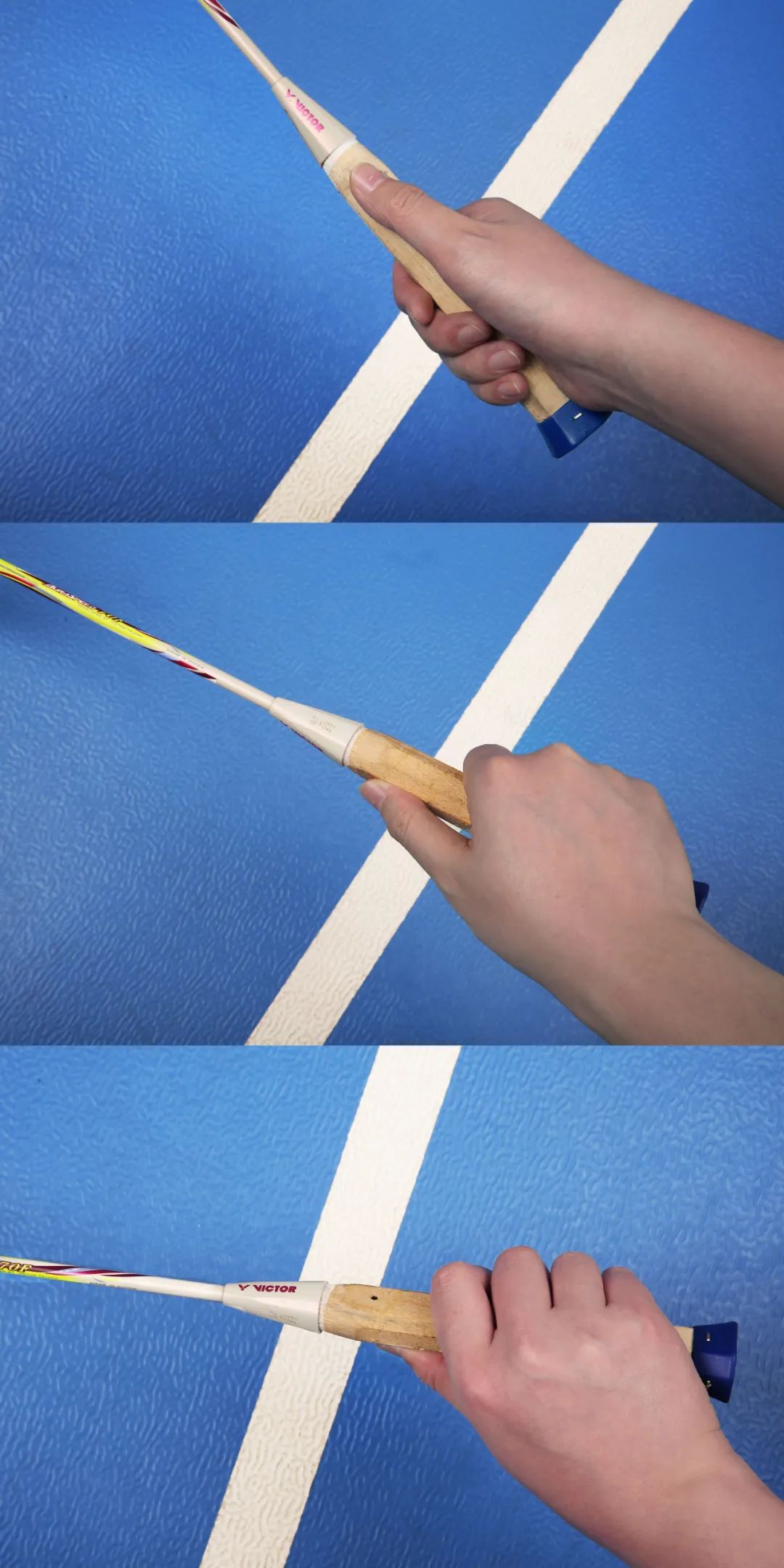
Generally, the tension of a standard grip should ensure the handle can slide slightly while still remaining securely within your fingers. Since everyone’s physiology varies, individuals can make minor adjustments to find their most comfortable position.
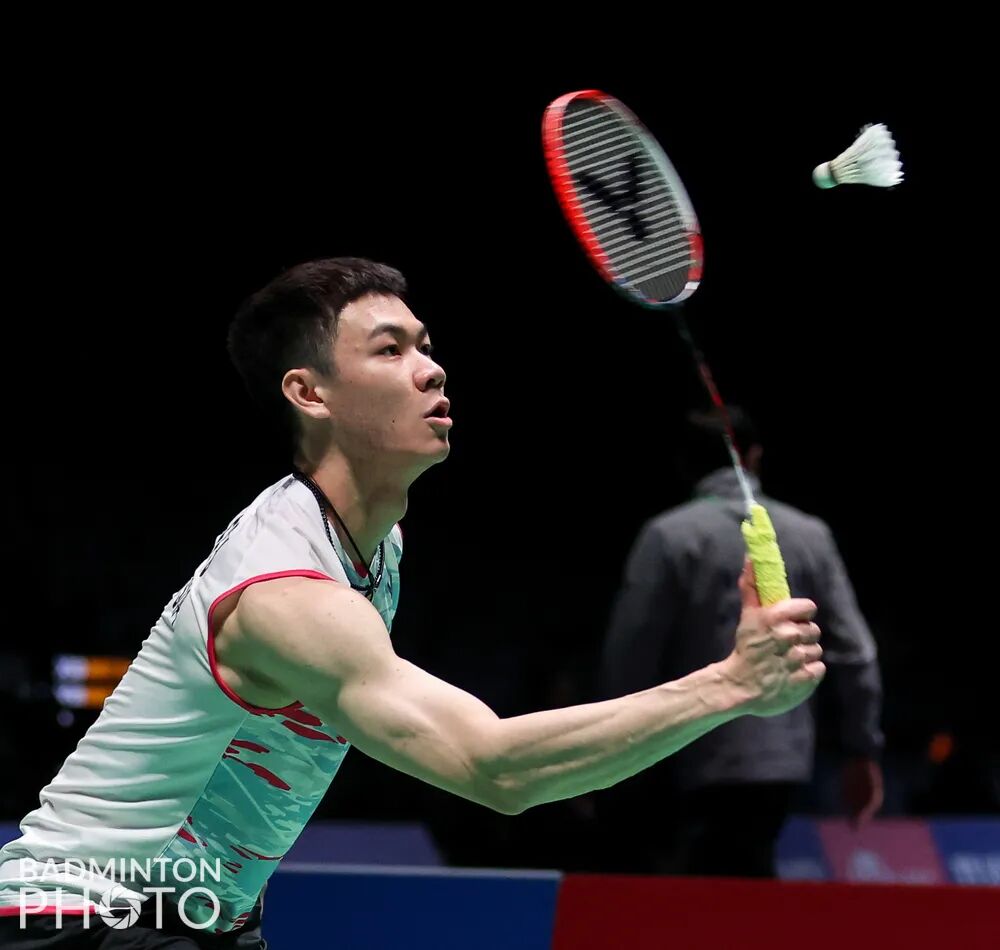
Holding the racket is essential for generating power when hitting the ball. Depending on the type of incoming shot, you need to adjust your grip to achieve more precise control over the racket face and the resulting ball trajectory. In fact, the way you hold the racket can vary significantly during different shots—it’s never static or fixed. Choosing the right grip should always align with the specific technical demands of each stroke. Beginners, in particular, should avoid trying to use a single grip for every type of shot.

Talking about badminton techniques on paper always seems easy, but for many beginners, the real challenge lies in mastering how to swiftly switch between different grip styles during fast-paced rallies. So, for newcomers, in addition to regularly practicing and familiarizing themselves with standard grip techniques, adding a cushioning layer beneath the base tape—along with an extra layer of overgrip—can help create sharper, more defined edges on the handle, enhancing your overall feel and control.
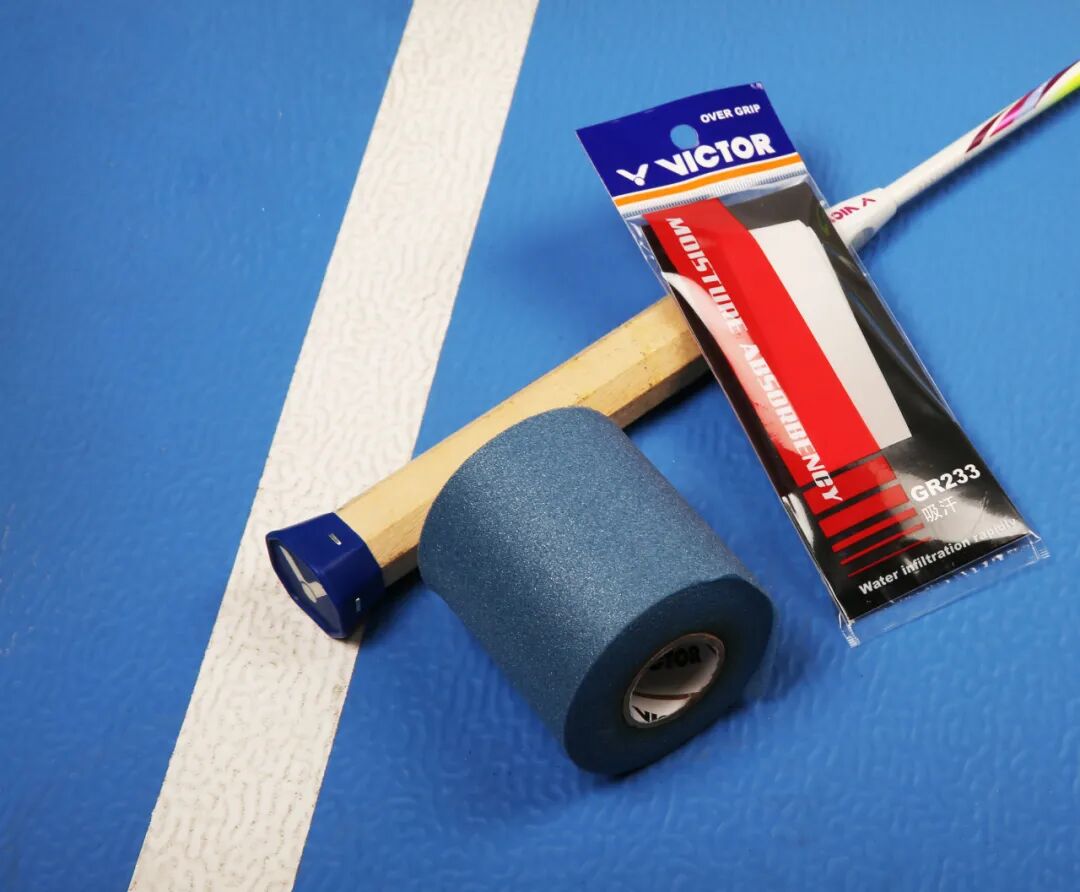
You can also choose a racket equipped with the Floating Core Technology artificial handle when making your purchase. The Floating Core Technology handle is crafted from nanonylon material, offering a supremely comfortable grip. Its X-rib structure at the front of the handle, combined with the advanced nanomaterials, effectively reduces vibrations and disperses stress, enhancing the handle’s exceptional shock-absorbing and stabilizing performance. With a racket featuring Floating Core Technology, even if you opt to wrap it directly with grip tape, you’ll still enjoy excellent touch, feel, and superior vibration-damping benefits.
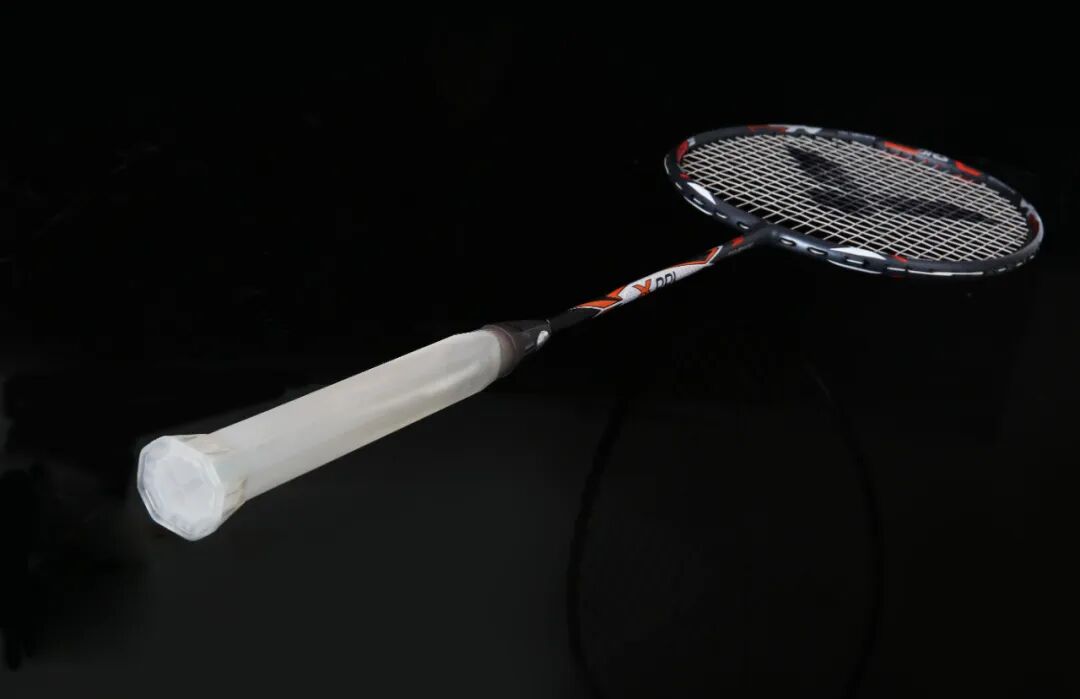
Daily practice can start with alternating between the forehand and backhand grips, allowing you to seamlessly switch to whichever grip feels most natural for you at any given moment. The more you practice and become familiar with these techniques, the more confident and effortless you’ll feel during actual matches. Of course, beyond the standard forehand and backhand grips, there are also specialized methods tailored for singles and doubles play—such as the reverse high-clear grip or the push-and-drive technique—all of which involve distinct (power generation) from different joint positions. Additionally, the distinction between active and passive grips varies depending on the situation. If you’re curious about these nuances, we’ll dive deeper into the differences among these various grips next time!


Related Articles

You wouldn’t believe it—kids who play badminton actually have an average IQ that’s 20% higher!
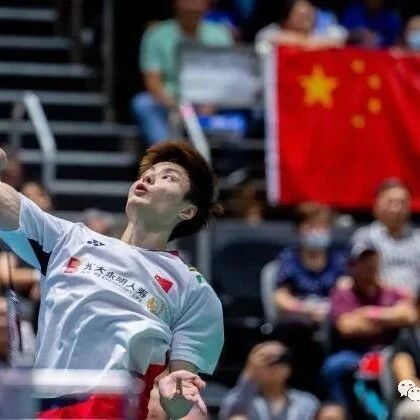
Should Zhang Jun be removed from his position? Is the Chinese badminton men’s singles program facing a generational gap? Despite winning three gold medals throughout the year, the lack of strong reserve talent remains a significant concern.
